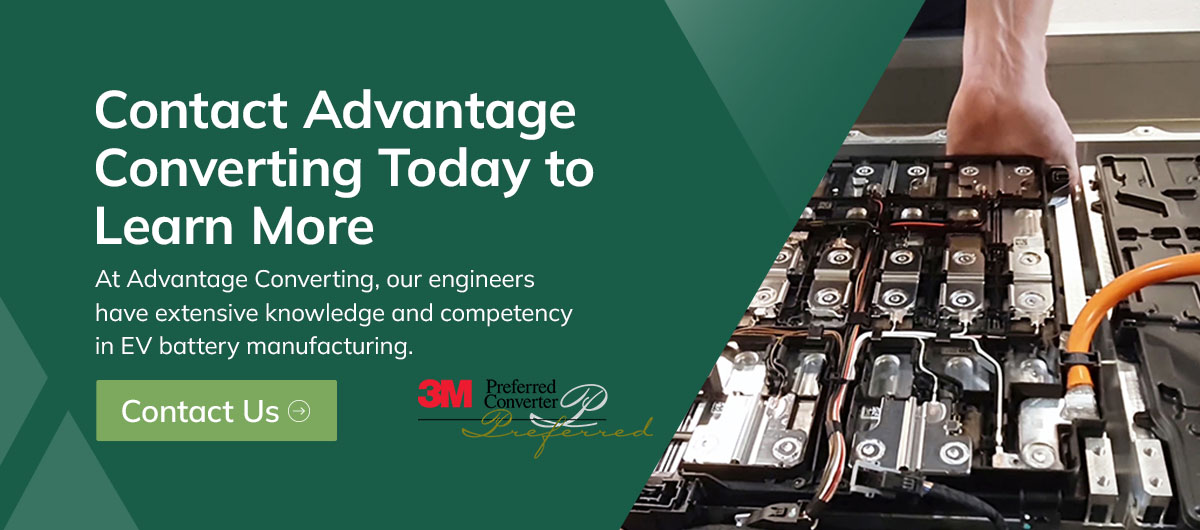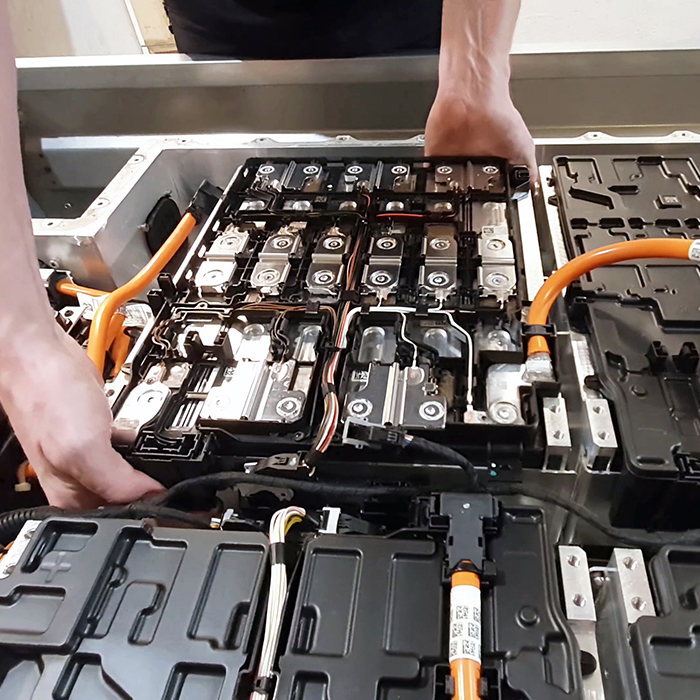Electric vehicles (EVs) have taken the automotive world by storm, with some experts estimating that EVs could represent more than half of all cars on the road by 2055. In recent years, EV sales have surged because of more affordable pricing, improved battery technology and more available charging resources. This technology has also transitioned to the trucking and hauling industries, indicating that significant changes will likely occur in the coming decade.
Engineers must consider the environmental and mechanical factors affecting efficient operation when designing an EV battery. Depending on whether the vehicle is for commercial or industrial use, the battery and other critical components can face many potentially harmful stressors. Manufacturers must often incorporate solutions to remedy these potential EV design challenges, such as fire-resistant material and insulation for battery temperature control.
If engineers do not design a battery with performance and protection in mind, the entire vehicle becomes susceptible to expensive damage or complete failure.
Understanding Operating Parameters in Electric Vehicle Battery Design
Today’s electric vehicle battery technology differs significantly from how manufacturers built cars in the past. The new breed of EVs has benefited from many failed attempts to design and manufacture electric cars similar to how automakers built internal combustion vehicles for decades. The primary goals of modern EVs are achieving maximum performance, ease of use and driver safety.
Automotive designers and engineers are completely rethinking the design components of EVs, including material selection and assembly processes. Although the initial focal point of EVs was protecting the engine, today’s top EV manufacturers focus more on battery protection.
In most cases, EVs use rechargeable lithium-ion batteries designed explicitly for high capacities. These deep-cycle batteries differ from conventional lithium-ion types because they feature smaller, lighter designs that maximize performance. When EV batteries face various environmental and mechanical factors without adequate protection, it jeopardizes their performance and life span.
Operating Parameters in EV Design: Environmental Factors
Because temperature, humidity and exposure to other potential contaminants from splashes and sprays all influence the chemical reactions inside a battery, they significantly affect the vehicle’s performance. Batteries operate at maximum efficiency when dry and close to room temperatures. As these conditions fluctuate, the battery loses power, capacity and range.
Temperature and Humidity Extremes
Chemical reactions in EV batteries speed up at higher temperatures, creating unwanted conditions that can degrade the unit, including thermal runaway and lithium plating. Higher temperatures adversely affect a battery’s protective layers, causing reactions that drain the active lithium or create compounds that limit ion flow.
Cold conditions have the opposite effect. Decreased diffusion and conductivity in cold weather result in slower chemical reactions, reducing battery capacity and increasing charging times.
Rapid temperature changes can result in condensation on a battery’s most critical components when not protected adequately. Humid conditions can also lead to a decrease in range because of increased air resistance.
Engineers must incorporate a heating or cooling system to protect the battery when designing an EV for extremely hot or cold conditions. Insulation material solutions — like Advantage Converting’s customized tooling for cooling tubes — can help solve these challenges.
Exposure to Dust, Dirt and Water
Batteries face significant damage when exposed to dust, dirt and water contamination. If enough contaminants converge in one area, an electrical short can develop and create a current between the positive and negative plates. This reaction causes rises in temperature and a thermal runaway, which can spread to adjacent cells and result in disintegration.

Innovative seals, coatings and enclosures play significant roles in protecting an EV battery’s critical components. While fully sealing a battery is complex and costly, engineers should strive to meet IP66 standards at a minimum.
Chemical Splashes and Sprays
Chemical sprays and splashes can affect EV batteries similarly to dust, dirt and water. Because a battery’s electrolytes often consist of carbonates and a conductor, flammability rates increase when exposed to certain chemicals. If the electrolyte leaks or ignites, it can produce hydrofluoric acid that can cause corrosion on the unit’s components while posing a safety threat.
Protective components such as separators and other non-flammable solutions can help protect the battery and other vehicle parts from exposure to harsh chemicals.
Operating Parameters for EV Design: Mechanical Factors
Mechanical vibrations and shock loads can adversely affect all parts of an EV battery, specifically the short cell. Mechanical stressors can cause performance failures and increased health risks for those who handle damaged units.
Shocks
Thanks to technological advancements, today’s EV lithium-ion batteries feature designs that can absorb more impact than ever. Many EV manufacturers incorporate ceramic-coated separators that increase protection and improve strength. The primary role of these separators is to keep the anode and cathode apart to prevent short circuits from occurring. Covers and sealing along the sides also help to absorb impact.
The International Electrotechnical Commission has developed standard procedures for determining a product’s capacity to withstand repetitive or non-repetitive shocks.
Vibrations
An EV battery can face exposure to various vibration profiles with many different frequencies. Vibrations can loosen connections on vehicles with on-board chargers and lead to premature failure. Vibrations can also cause mechanical degradation to the actual battery, including overheating, reduced efficiency from electrode degradation and decreased performance from cell damage.
Innovative compression pads and specialized mounts can help protect EV batteries caused by typical motion vibrations.
Incorporating Operating Parameters Effectively in EV Designs
The primary reason EVs continue to grow in popularity is the proactivity of manufacturers. Higher demand has led to increased competition among manufacturing companies, causing an influx of new and existing automakers to emerge in the market. Along with the competition comes more technological advancements backed by years of proven testing and research, particularly at the design stage.
The key to designing safe, reliable and durable batteries for electric vehicles is understanding how damage impacts the units. Advancements in testing and simulation enable automakers to recognize the potential environmental and mechanical consequences without putting consumers at risk.
Advantage Converting has been at the forefront of the EV manufacturing industry since the early models emerged. Many of our state-of-the-art conversion solutions have helped manufacturers increase product yields and efficiency while improving battery performance and increasing consumer safety. We offer an extensive range of EV battery conversion capabilities, from heat transfer and dissipation to electrical insulation and environmental barriers.
Contact Advantage Converting Today to Learn More
At Advantage Converting, our engineers have extensive knowledge and competence in EV battery component manufacturing. We offer a comprehensive range of innovative manufacturing and converting solutions tailored toward improving battery production, efficiency, safety and durability. As a 3M Preferred Converter, we are an industry leader committed to delivering superior products and services.

Our engineering team will invest as much time as needed to determine the most practical, cost-effective converting solutions, including building specialized equipment to address your unique specifications. We also offer clean room manufacturing that complies with ISO 7/Class 10,000 and ISO 8/Class 100,000 requirements.
Contact us today to learn more about how our services can benefit your operation.




